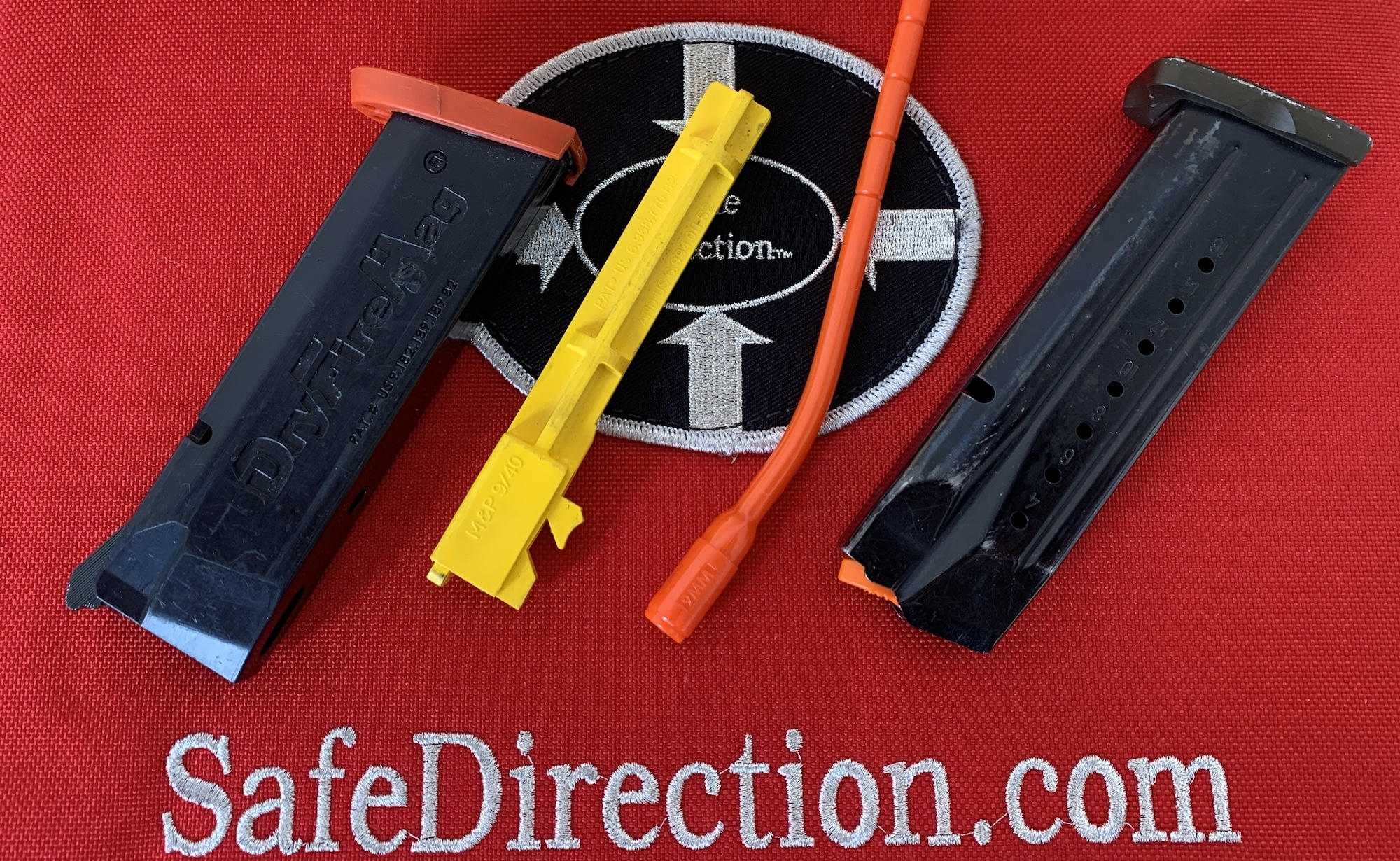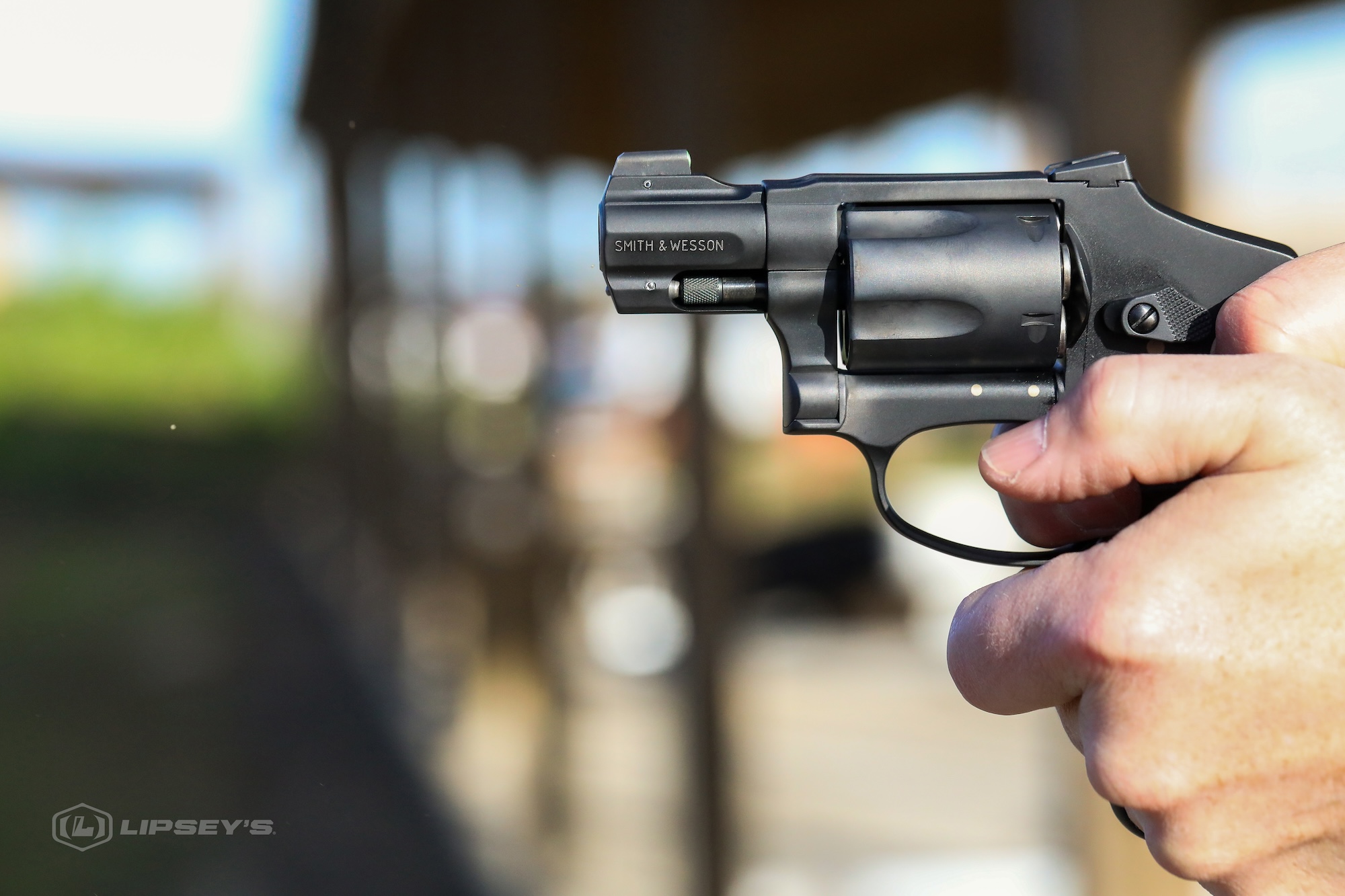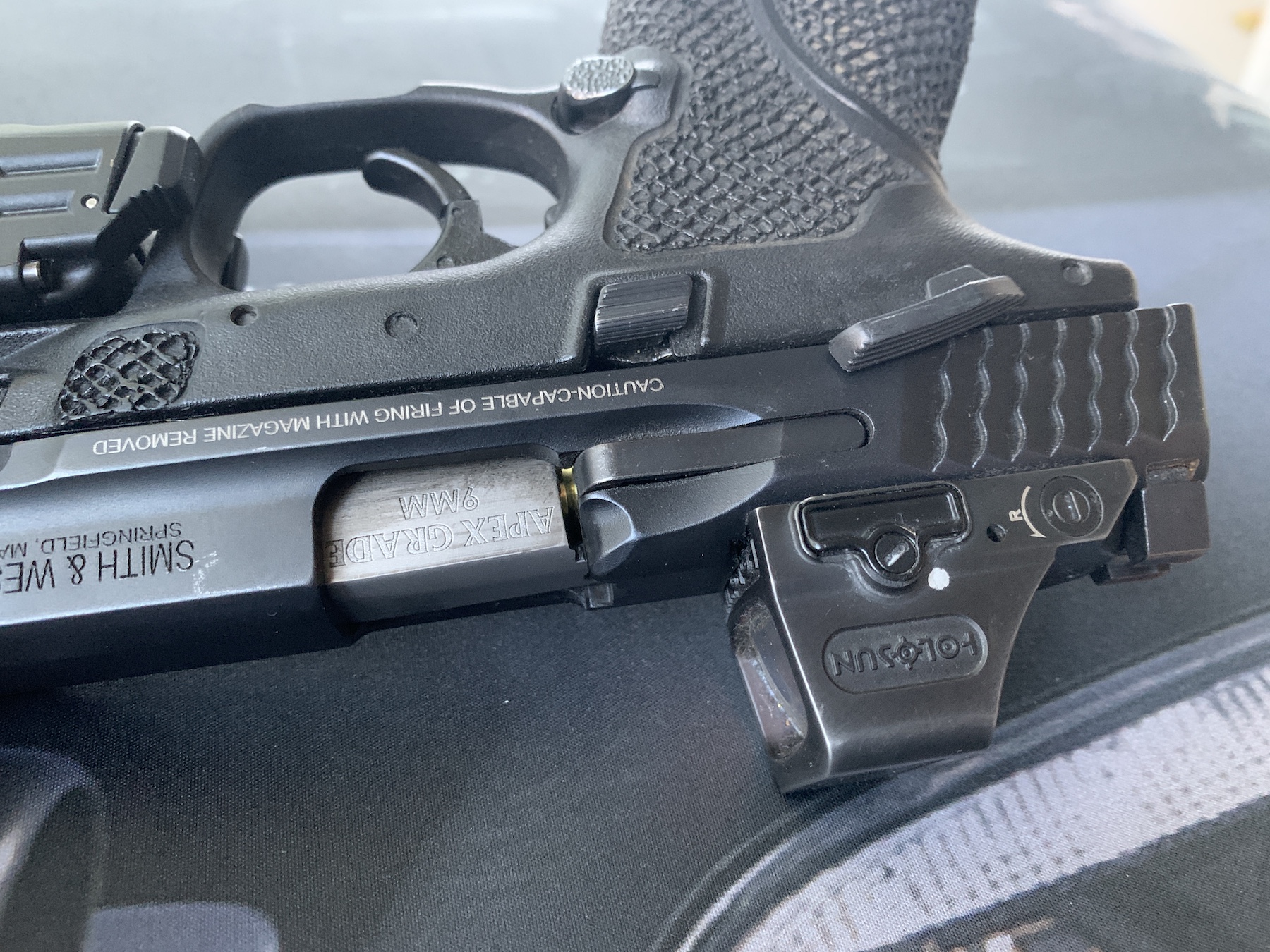
Out_9505
Failures for fire, failures to eject, and failures to extract – are all problematic. Can anything else go wrong with your pistol? If so, what can you do?
Yes, other things can go wrong and cause your pistol to stop working – at least momentarily. Whether or not you can fix them in the moment depends on what you have with you and what else is going on at that time.
As has been written in this space, a backup gun is a good thing, especially if you are in a profession that requires you to be armed.
BAD MAGAZINE
What about a magazine failing to feed the next round? It is an interruption in the feeding step of the function cycle. Does it happen? Oh yes.
This article will publish the day I shoot the International Defensive Pistolcraft Association (IDPA) Nationals match outside Grand Junction, Colorado. (There will be future articles on the event and my experiences there.)
Given Colorado’s magazine capacity laws – yes, at best, they are ill-informed – I bought four reduced capacity magazines, limited to 10 rounds by construction. In preparing for the Nationals, I shot the magazines in range sessions and while teaching. Three were functioning just fine, but one had a couple of glitches. Last Saturday, I hit a local match as a final warm-up before heading to Colorado. That magazine with the glitches became problematic and dropped me right into the exact middle of the match results.
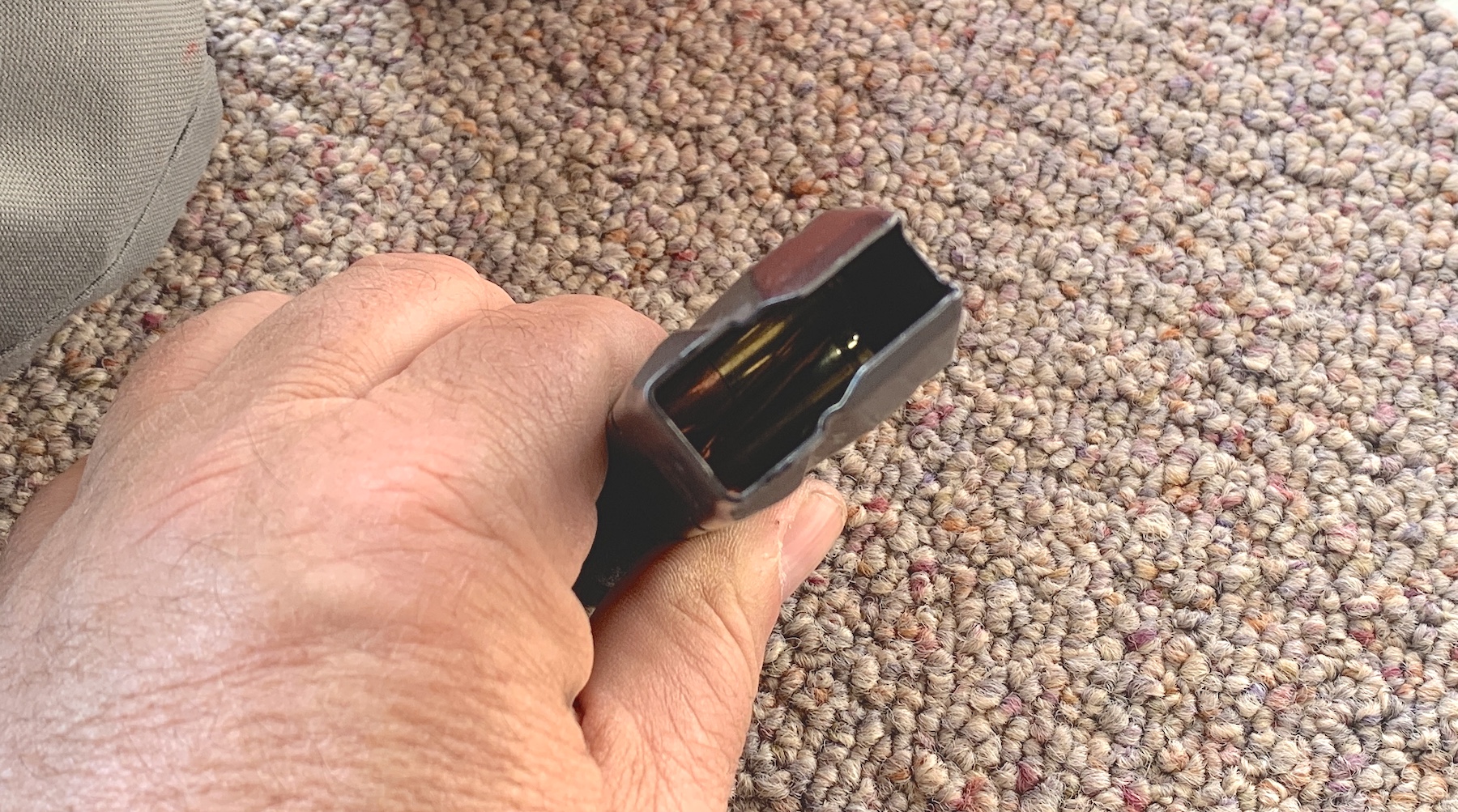
Completely bound up magazine, nothing was feeding out of it. The top round had dove past the roun under it. No idea why but it was not working.
What happened? Well, it turns out that rounds were bounding up inside the magazine. My indication was when I got a click instead of a bang on the third shot in that stage. Tap, roll, rack cleared it for two shots. Then I got another click. Even though the slide went completely forward after the rack, I could feel (or maybe hear) that nothing chambered as the pistol went into battery. I stripped the magazine and dropped it (more on that in a bit). Acquiring a new magazine, I inserted it, chambered a round, and got back into shooting that stage.
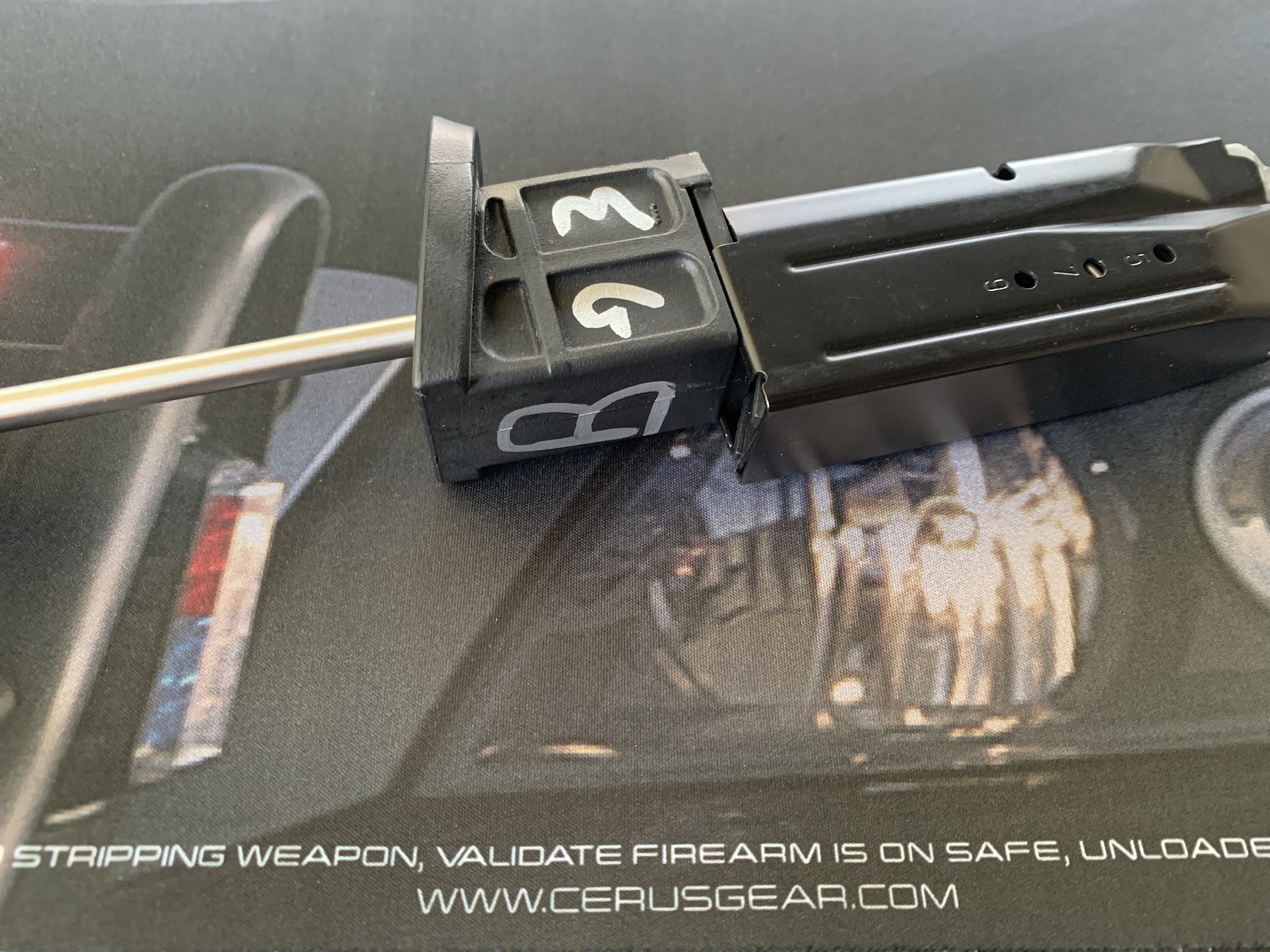
Magazines need to be disassembled and cleaned. This was almost new and disassembly was needed to clear it.
The second stoppage interfered with my thought process. I did not shoot the target I was starting to engage when I had that stoppage. The result was a procedural penalty – dropping a magazine with ammunition in it, even though it was inoperative – and the missed shots. In terms of the practical use of the handgun, getting rid of the defective magazine immediately was the correct response. Unfortunately, it was a violation of the sport’s rules. Would I retain that magazine in the future? No, I would still get rid of it – even though the time consumed by stowing it would be less than the procedural penalty.
What did I do with that magazine? Well, not being terribly bright at times, I released the bound-up rounds and removed them. Then I loaded and unloaded it a few times before using it for another stage. It had the same problem on a “strong hand only” string of fire. And after dumping that magazine and reloading the pistol, I returned to a two-hand grip on the pistol for a single shot – another procedural.
Since then, the magazine has been completely disassembled. I used a stainless wire brush on the interior, paying particular attention to the magazine release slots and the witness holes. The follower was treated with fine grit emery cloth to address any burrs, unintended edges, or rough spots. While the magazine has been reassembled, I will only use it for chambering that first round for the foreseeable future.

With live ammunition, this extractor will not slam over the case still in the chamber after a failure to extract.
BAD EXTRACTOR
In the Failure to Extract article, I mentioned that I have one pistol with an extractor that does not hook onto the rim of a chambered round. How will you clear that failure when your extractor is not a willing participant? An answer is a tool of some sort. I removed the spent casing by putting a knife blade into the case rim and prying it out.

Sometimes you need tools, until this pistol gets seen by a gunsmith, the case will have to be pried out.
Hopefully, you will not ever experience either of these stoppages. However, if you do, let them happen on the range when you have the luxury of the time to work through them. And the spare magazines to get back into the match or drill you are shooting.
You can clear all of these, it will just take time, and you may need tools. Yet another argument for why carrying a spare magazine is a good idea.















